40 label the different areas of the sun.
Sun - Internal structure | Britannica The energy radiated by the Sun is produced during the conversion of hydrogen (H) atoms to helium (He). The Sun is at least 90 percent hydrogen by number of atoms, so the fuel is readily available. Since one hydrogen atom weighs 1.0078 atomic mass units and a single helium atom weighs 4.0026, the conversion of four hydrogen atoms to one helium atom yields 0.0294 mass unit, which are all ... Layers of the Sun - The Sun Today with Dr. C. Alex Young From the center out, the layers of the Sun are as follows: the solar interior composed of the core (which occupies the innermost quarter or so of the Sun's radius), the radiative zone, and the convective zone, then there is the visible surface known as the photosphere, the chromosphere, and finally the outermost layer, the corona.
The sun's atmosphere: Photosphere, chromosphere and corona The sun's atmosphere is made up of several layers, mainly the photosphere, the chromosphere and the corona. It's in these outer layers that the sun 's energy, which has bubbled up from the sun's...

Label the different areas of the sun.
How does the location of sunrise and sunset change throughout the year ... A similar circle which is separated from the first circle by 23.5 degrees at zenith towards south will mark the path of the Sun on winter solstice. Thus, the Sun will rise north of true East and set north of true West during summer whereas during winter, the Sun will rise south of true East and set south of true West. The diagram below shows the position of the sun, moon, and Earth. The ... The diagram below shows the position of the sun, moon, and Earth. The labels A, B, C, and D represent four coastlines on Earth. A D Earth B Moon Sun C As Earth rotates, coastline C moves to where coastline B is. ... It will experience a low tide because water is drawn away from the area between the high tides and the moon. D.) It will ... Anatomy of the Sun Diagram | Quizlet Photosphere It is the visible surface of the Sun. It appears relatively smooth except for occasional sunspots; an increase in the number, size, and complexity of these sunspots suggests unrest beneath this layer. Chromosphere It is a reddish gaseous layer immediately above the photosphere of the sun or another star.
Label the different areas of the sun.. Sun - Earth Relationship: The Seasons | Earth Science - Lumen Learning The seasons are caused by the direction Earth's axis is pointing relative to the Sun. The Earth revolves around the Sun once each year and spins on its axis of rotation once each day. This axis of rotation is tilted 23.5 degrees relative to its plane of orbit around the Sun. The axis of rotation is pointed toward Polaris, the North Star. Layers of the Sun | Science Facts Corona: The Outer Layer The outermost layer is the corona and can be seen during a solar eclipse when the sun is blocked by the moon. This layer is hotter than the surface of the sun. Less Than Five - Layers of the Sun Explained - Outer Layers Watch on The sun has many chemical elements but since it is so hot they are in a gaseous state. PDF Parts of the Sun - Solar Physics at MSU From the center out, the layers of the sun are as follows: the solar interior which is composed of the core, the radiative zone and the convective zone. The visible surface is made up of the photosphere and the chromosphere. The outermost layer is called the corona. In this lesson, students will learn about the sun, our closest star. Guidelines 1. Layers of the Sun | NASA The inner layers are the Core, Radiative Zone and Convection Zone. The outer layers are the Photosphere, the Chromosphere, the Transition Region and the Corona. IRIS will focus its investigation on the Chromosphere and Transition Region. More detail on the outer layers follows:
The Sun - Imagine the Universe! The three parts of the atmosphere, from the surface of the Sun outward are the photosphere, chromosphere, and corona. (Credit: NASA) The Photosphere Since the Sun is made up of hot gas, there isn't really a "surface" to it. Instead, as you move from space toward the Sun's core, the gas gets denser and denser. NASA - Layers of the Sun 03.21.07. This artist concept shows the layers of the sun. Image credit: NASA. + View large image (with labels) PDF The Sun Worksheet - Northland Preparatory Academy Unlike Earth, the sun does not have a solid surface. Like Earth, the sun has an interior and an atmosphere. The sun's interior consists of the core, radiation zone, and convection zone. Each layer has different properties. The sun produces an enormous amount of energy in its core, or central region. The sun's energy comes from nuclear fusion. The Structure and Composition of the Sun | Astronomy | | Course Hero Parts of the Sun: This illustration shows the different parts of the Sun, from the hot core where the energy is generated through regions where energy is transported outward, first by radiation, then by convection, and then out through the solar atmosphere. The parts of the atmosphere are also labeled the photosphere, chromosphere, and corona.
Position of the Sun - Wikipedia To find the Sun's position for a given location at a given time, one may therefore proceed in three steps as follows: calculate the Sun's position in the ecliptic coordinate system, convert to the equatorial coordinate system, and convert to the horizontal coordinate system, for the observer's local time and location. Layers of the Sun | Parts of the Sun | DK Find Out At the very center is the dense, hot core. Around the core lie two layers: a thick layer called the radiative zone and a thinner, cooler layer called the convective zone. Surrounding all of them is the sun's surface layer, known as the photosphere. Above this lies the sun's thin atmosphere, which is made up of the chromosphere and the corona. In Depth | Sun - NASA Solar System Exploration Since the Sun is not solid, different parts rotate at different rates. At the equator, the Sun spins around once about every 25 Earth days, but at its poles, the Sun rotates once on its axis every 36 Earth days. Moons. As a star, the Sun doesn't have any moons, but the planets and their moons orbit the Sun. Rings. Rings Earth-Sun Relationships | National Geographic Society Any circle drawn around the Earth divides it into two equal halves called hemispheres. There are generally considered to be four hemispheres: Northern, Southern, Eastern, and Western. Grades 6 - 12+ 48 encyclopedic entry Sun Astronomy, Biology, Earth Science, Physics
ASTRONOMY CH 11 Flashcards | Quizlet Label each region of the Sun with the most important process that is happening there. Rank the layers of the Sun in order from highest to lowest temperature. Rank the layers of the Sun in order from lowest to highest density. highest temperature 1. core 2. radiative zone 3. convective zone lowest temperature lowest density 1. convective zone
The Sun, Earth, and Cardinal Directions - National Geographic Society 3. Look for a pattern in the sun's location in the morning and afternoon. Track the sun's location in this way for five days and then ask students if they have noticed a pattern. Together write a sentence that explains what they have observed and what they would expect to see in the future. 4. Observe north and south, and label the classroom ...
PDF All About that Tilt: Sun and Seasons - NASA activity to see how the angle of the Sun affects your shadow. For example, if you were standing at 45ºN latitude, the noon Sun angle at summer solstice would be: 45° N - 23.5° N = 21.5° 90° - 21.5° = 68.5° is the noon Sun angle . Find these Sun angles: Noon Sun angle at equinoxes. 45° N - 0° N = 45° 90° - 45° = ____° is the ...
What Are The Layers Of The Sun? - WorldAtlas The layers of the Sun are divided into two larger groups, the outer and the inner layers. The outer layers are the Corona, the Transition Region, the Chromosphere, and the Photosphere, while the inner layers are the Core, the Radiative Zone, and the Convection Zone. The Outer Layers Corona Transition region Chromosphere Photosphere
PDF A Diagram of the Earth-Sun Relationship - Harvard University Sun is On the opposite side Of 'he direction. Sun is not in line with the forward tilt direction. Sun is not with forward direction TO SCALE same side as the forward direction _ The Sun is really 109 times wider than the Earth, and the Sun is really 1 1,625 Earth-widths away from the Earth.
Understanding Astronomy: The Sun and the Seasons - Weber State University The Sun from Different Latitudes. The sun's location with respect to the stars doesn't depend on your observing location on earth, so you now know enough to figure out how the sun appears to move through the sky from other locations. If you travel east or west, you'll see the sun rise and set earlier or later, respectively, just like a star would.
Earth's rotation around the Sun and the sequence of four seasons The Earth revolves around the Sun once every 365 and quarter days (one year), The rotation of the Earth around the Sun causes the sequence of the four seasons (the summer - the spring - the autumn - the winter). The sequence of the four seasons. The Earth's axis is inclined and this causes the difference in the length of the day and the ...
The Sun and Sunspots - National Weather Service Sunspots are areas where the magnetic field is about 2,500 times stronger than Earth's, much higher than anywhere else on the Sun. Because of the strong magnetic field, the magnetic pressure increases while the surrounding atmospheric pressure decreases. This in turn lowers the temperature relative to its surroundings because the concentrated ...
Surface Features of the Sun ( Read ) | Earth Science Describes the surface features of the Sun, including sunspots, solar prominences, solar flares, and coronal mass ejections. Quick Tips. Notes/Highlights.
What are the Parts of the Sun? - Universe Today Photosphere: The layer of the Sun that we can see from Earth is called the photosphere. Below the photosphere, the Sun becomes opaque to visible light, and astronomers have to use other methods to...
Anatomy of the Sun Diagram | Quizlet Photosphere It is the visible surface of the Sun. It appears relatively smooth except for occasional sunspots; an increase in the number, size, and complexity of these sunspots suggests unrest beneath this layer. Chromosphere It is a reddish gaseous layer immediately above the photosphere of the sun or another star.
The diagram below shows the position of the sun, moon, and Earth. The ... The diagram below shows the position of the sun, moon, and Earth. The labels A, B, C, and D represent four coastlines on Earth. A D Earth B Moon Sun C As Earth rotates, coastline C moves to where coastline B is. ... It will experience a low tide because water is drawn away from the area between the high tides and the moon. D.) It will ...
How does the location of sunrise and sunset change throughout the year ... A similar circle which is separated from the first circle by 23.5 degrees at zenith towards south will mark the path of the Sun on winter solstice. Thus, the Sun will rise north of true East and set north of true West during summer whereas during winter, the Sun will rise south of true East and set south of true West.



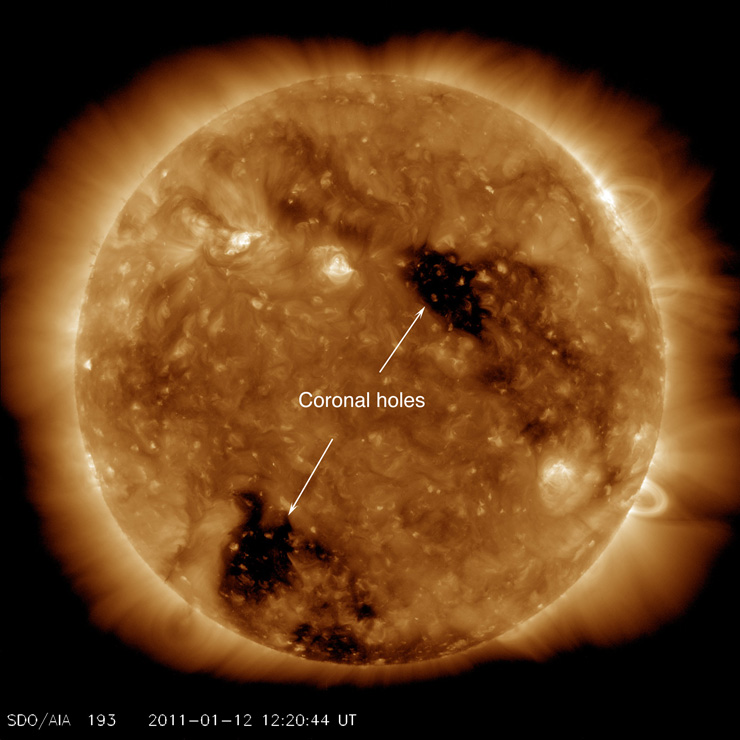





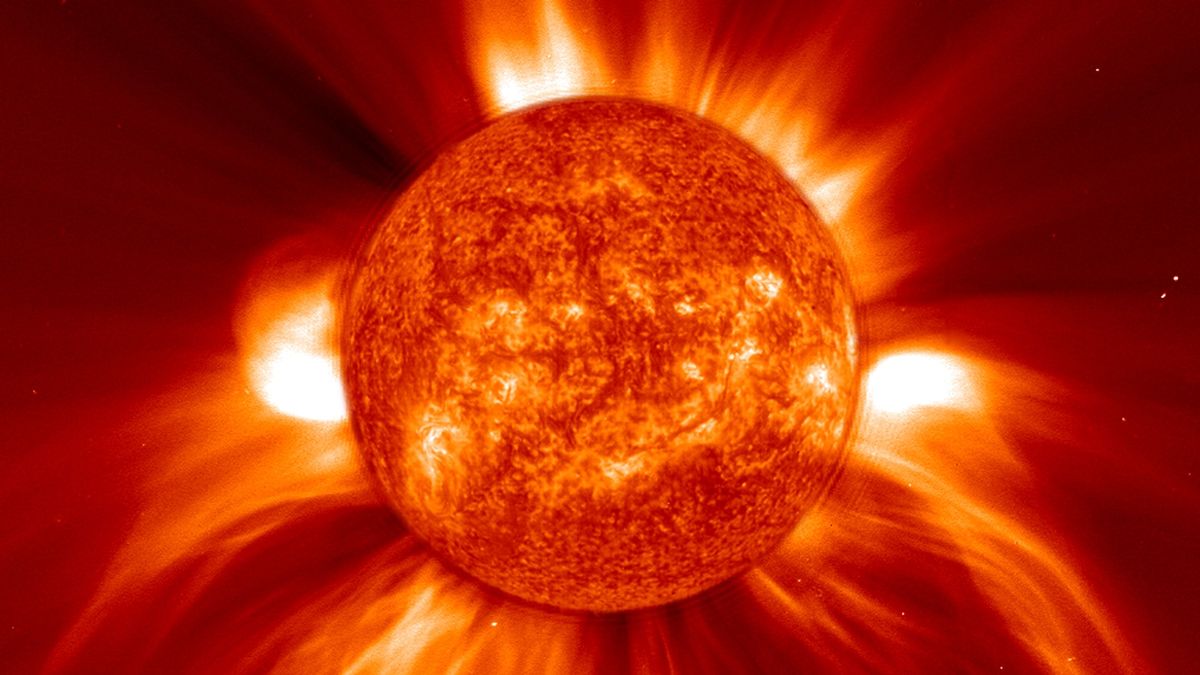



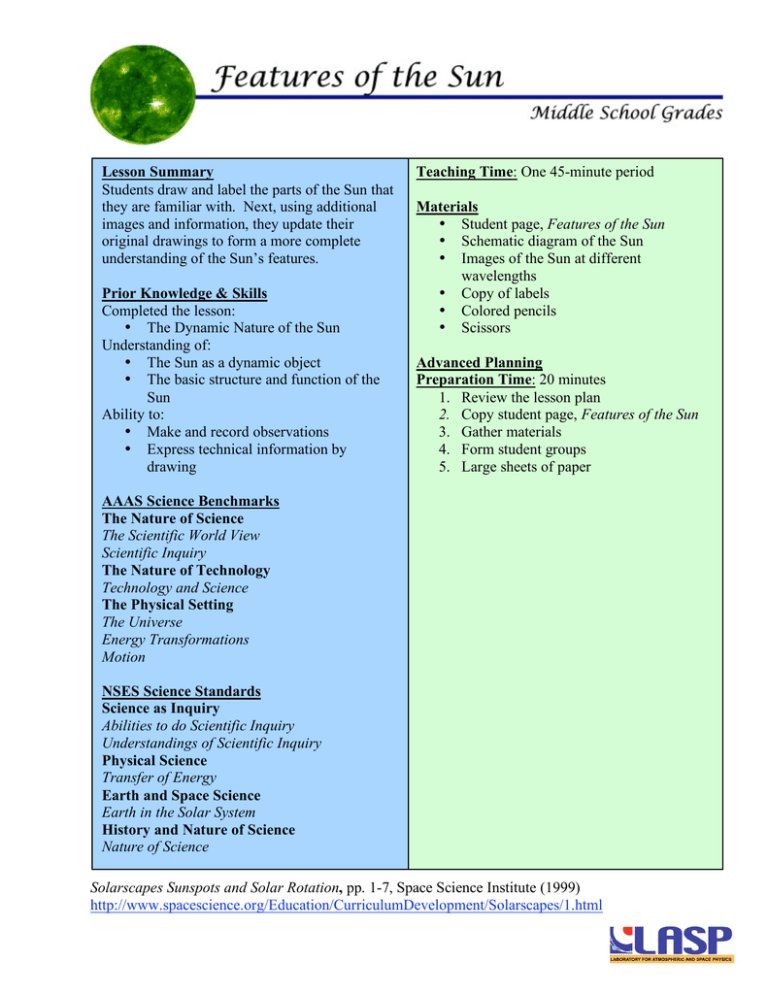





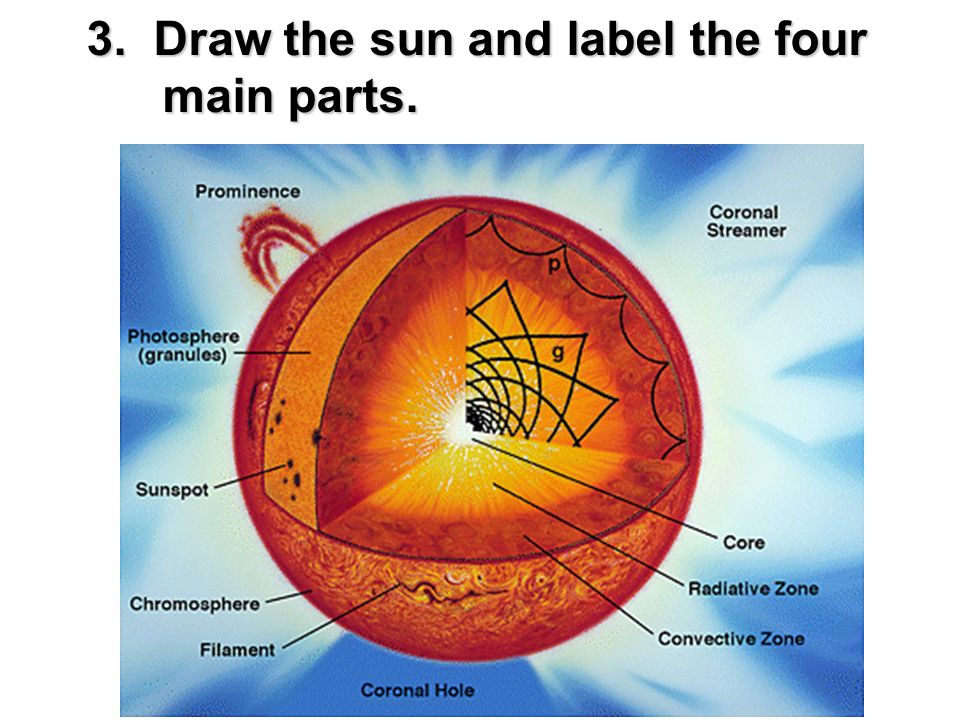
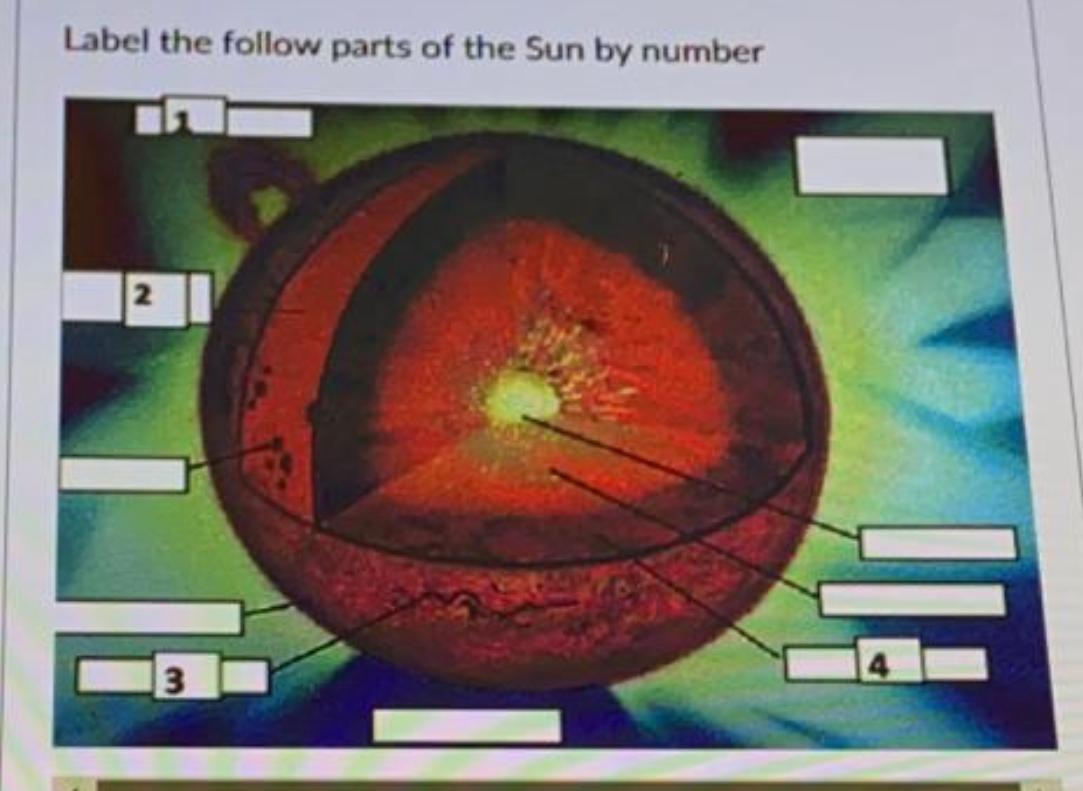
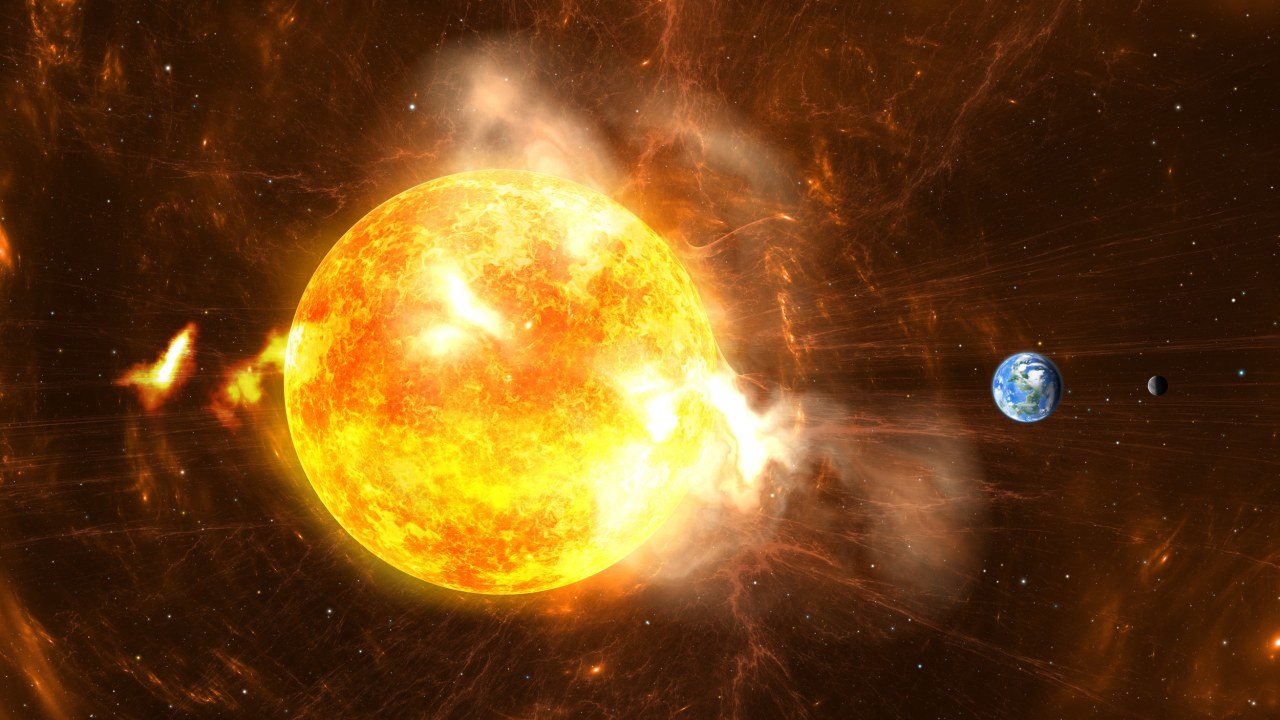


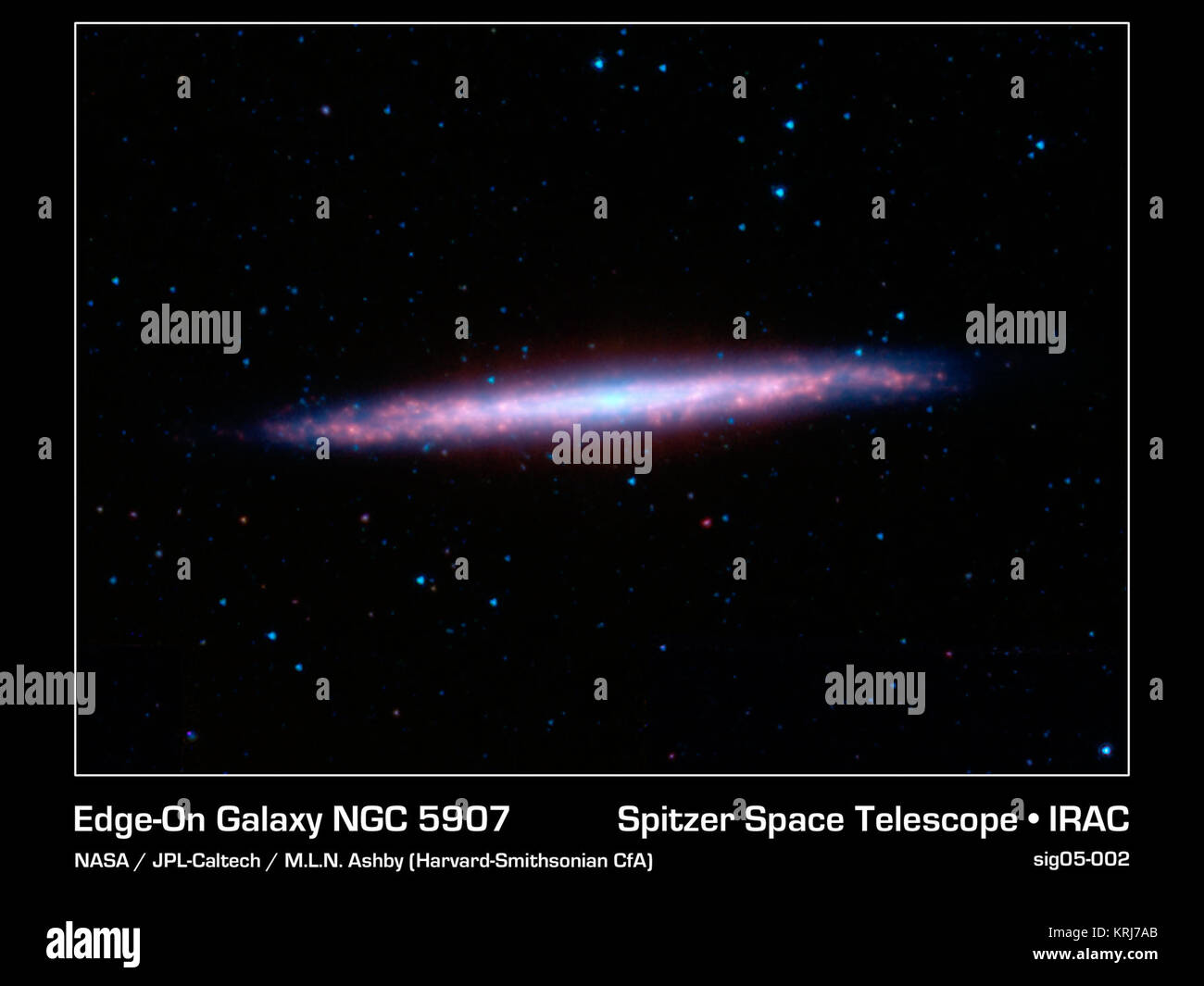

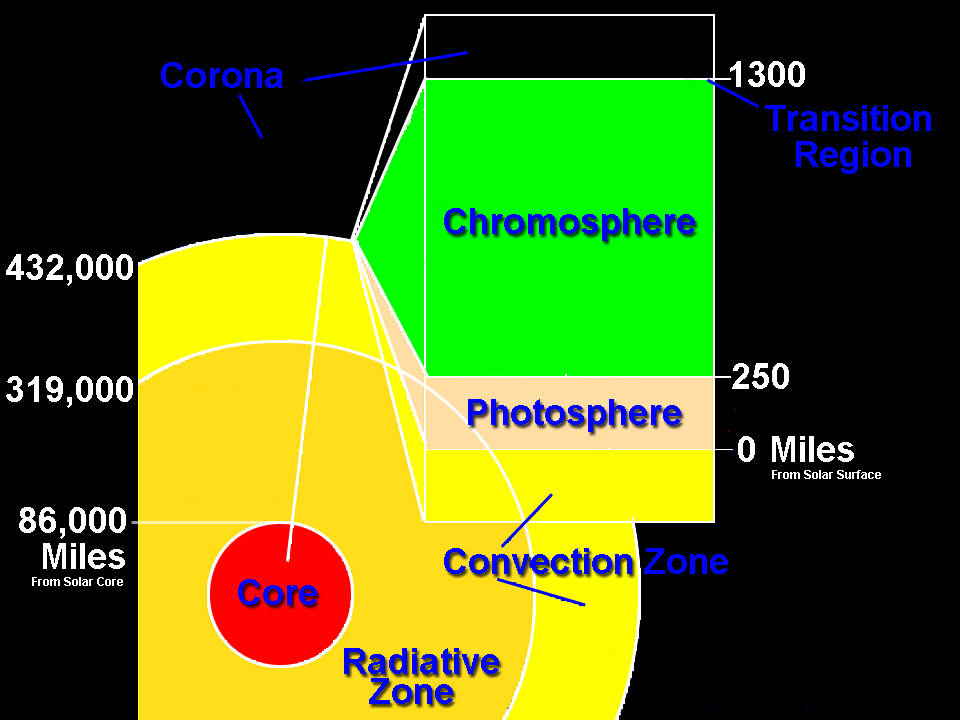

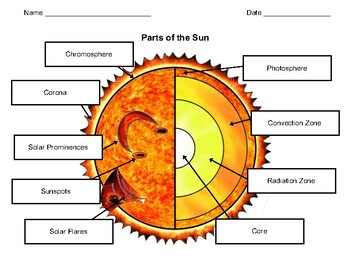



Post a Comment for "40 label the different areas of the sun."